
Table of Contents
Throughout history, there have been many images designated as symbols of health and longevity. This article will look closely at some of the most well-known symbols of health and their significance.
1. The Caduceus
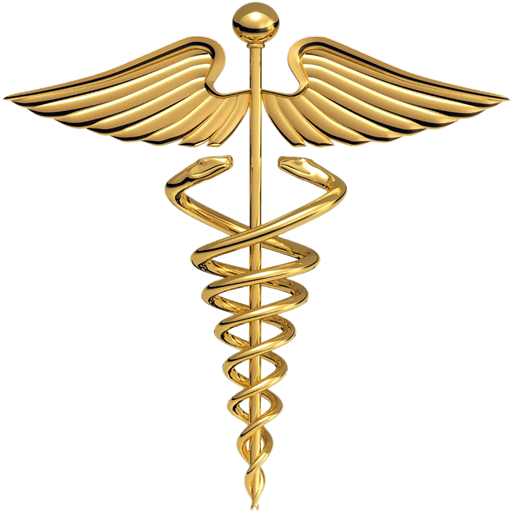
The Caduceus is one of the most common symbols used in healthcare, featuring a winged staff with two snakes twisting around it. It originated in Greco-Roman mythology when the Greek messenger god Hermes (Roman equivalent Mercury) tried to end a struggle between two snakes.
He threw his winged rod at the snakes who wrapped themselves around it and the symbol was born. Hermes is often depicted holding the Caduceus.
However, the Caduceus in mythology has no connection with healthcare or medicine. It’s often confused with the Rod of Asclepius, which gave rise to the misuse of the symbol.
In the 19th century, the U.S. Army Medical Corps misused and popularized this symbol which is why it became associated with healthcare. The Caduceus is recognized as a symbol of health only in the U.S.A.
2. The Rod of Asclepius

In Greek mythology, the Rod of Asclepius belonged to Asclepius the god of healing and medicine. It’s not clear whether it came to be associated with medicine because of the deity who wielded it or vice versa.
The Rod of Asclepius is often mistaken for the Caduceus symbol, which looks similar in appearance. The confusion began when both symbols were used by several medical organizations.
However, unlike the Caduceus, the Rod features a plain staff with a single snake entwined around it.
In ancient times, snakes were regarded as a symbol of health and medicine and Greek physicians used non-venomous Aesculapian snakes (named after the deity) for certain healthcare rituals.
3. The Eye of Horus
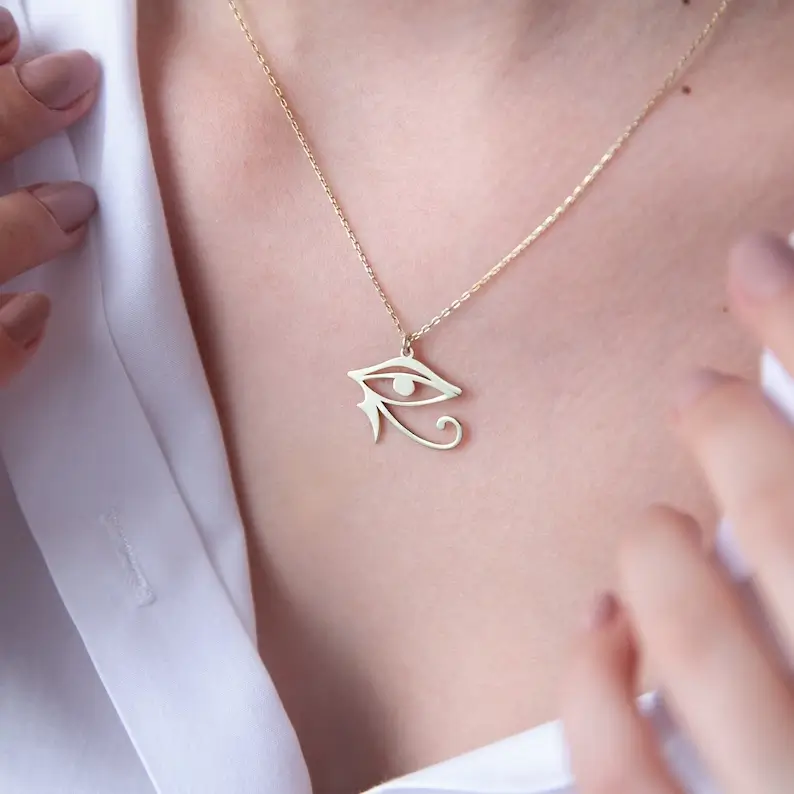
In ancient Egyptian mythology, the Eye of Horus was a symbol of health, restoration, and protection.
According to the legend, the falcon-headed god Horus was involved in a fight with his uncle, the deity Seth, in which he lost his eye. The eye was later restored by the goddess Hathor which is how it came to represent healing, wholeness, and health.
Today, the Eye of Horus is a popular symbol used in amulets and is believed to promote inner healing and health. It’s said that the Eye of Horus protects its wearer against thieves and the evil eye, and it also has a link to prosperity, wisdom, and spiritual protection.
4. Abracadabra
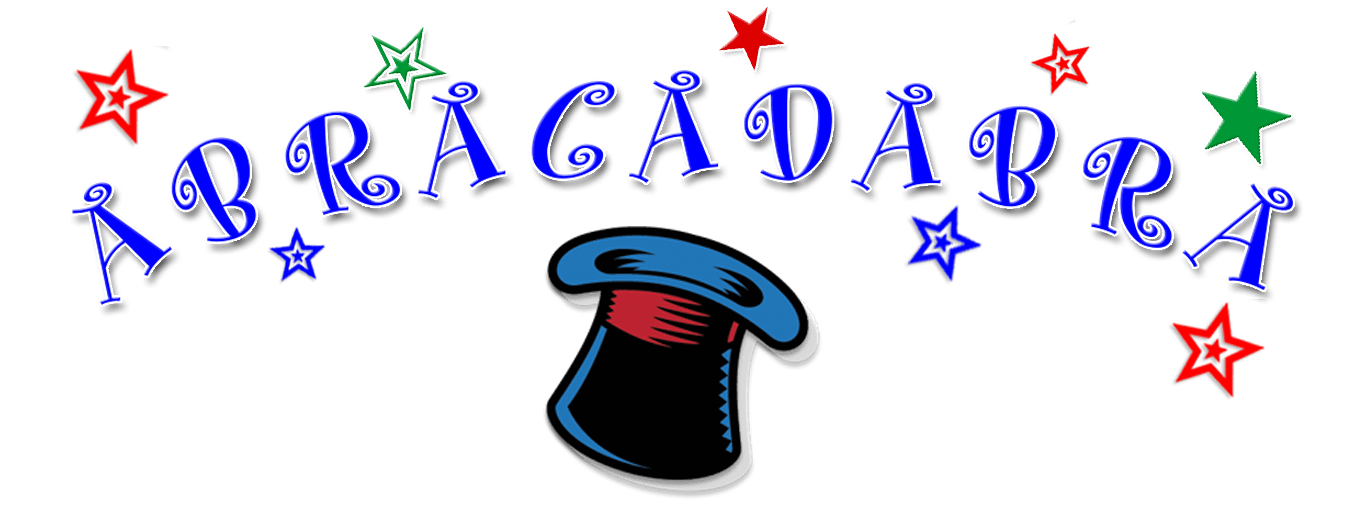
‘Abracadabra’ is a popular phrase famous for being used by magicians as they perform magic tricks. However, the actual meaning of this symbol has nothing to do with magic.
In fact, Abracadabra was a symbol of alchemy used in ancient times to cure fatal illnesses and is now regarded as a symbol of health.
The word itself might have been derived from the initials of the ‘Father, Son and the Holy Spirit’ written in Hebrew, although some think it comes from the Aramaic phrase avra kadavra, which means let the thing be destroyed.
The symbol for the incantation consists of an inverted triangle with the word ‘Abracadabra’ written inside it. This was often used in amulets worn by patients who believed that it would make their illness disappear.
5. Shaman’s Hand
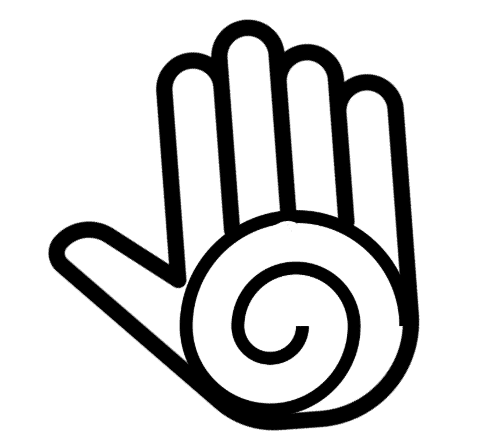
Also known as the Healer’s Hand, this symbol has been associated with healing, protection, and health since ancient times. It resembles an open hand with a spiral pattern displayed on the palm.
In many cultures and traditions, the spiral on the Hand symbolizes eternity and the Holy Spirit, believed to contain healing energy that brings good health.
As a result, it became associated with the healing powers of a Shaman, hence the name.
Today, the Shaman’s Hand is used in various spiritual healing rituals such as Reiki, the practice of healing mentally, emotionally, and physically through the use of symbols.
6. Shou

Shou is a symbol of good health and long life which is said to have originated in China. The Chinese usually give this symbol to others, especially the elderly, as a birthday present and to wish them good health and long life.
This symbol was strongly associated with the Canopus (the star of the South Pole). Canopus was said to be the only god with the power to change the lifespan and health of a person which is why this symbol came to represent health as well as longevity.
A beautiful piece of artwork made up of calligraphy, Shou is used for decorating various things such as furniture and ceramic objects. It can also be seen in jewelry and on wallpaper.
7. Red Cross

The Red Cross is one of the most universally recognized medical symbols associated with health and protection. It was created by Swiss entrepreneur Jean Henri Dunant, who witnessed the devastation following the Battle of Solferino, where there were over 40,000 civilians and soldiers killed or wounded.
Dunant came up with the idea to form a nonpartisan organization that would tend to ALL those who were wounded, regardless of military alignment.
As organizations begin to form, they needed a symbol that would make them easy to identify. The symbol of a red cross on a white background was chosen and quickly gained popularity worldwide.
8. The Serpent

One of the oldest known mythological symbols, serpents are viewed as symbols of healing, rebirth, immortality, and transformation as they shed their skin.
Most mythologies valued the serpent as a symbol of healing. In Egyptian mythology, the goddess of healing and protection Wadjet was often depicted with the head of a serpent or as a serpent entwined around a papyrus stem.
According to the Biblical Book of Numbers, Moses made a bronze snake which he set on the top of a pole as he guided the Israelites from imprisonment. If someone was bitten by a snake, they only had to look at the pole and they would be cured.
It’s possible that this was influenced by Egyptian culture since snakes were not symbols of health in Hebrew culture. Greco-Roman mythologies also refer to snakes as symbols of rejuvenation and healing.
9. The Sun Face
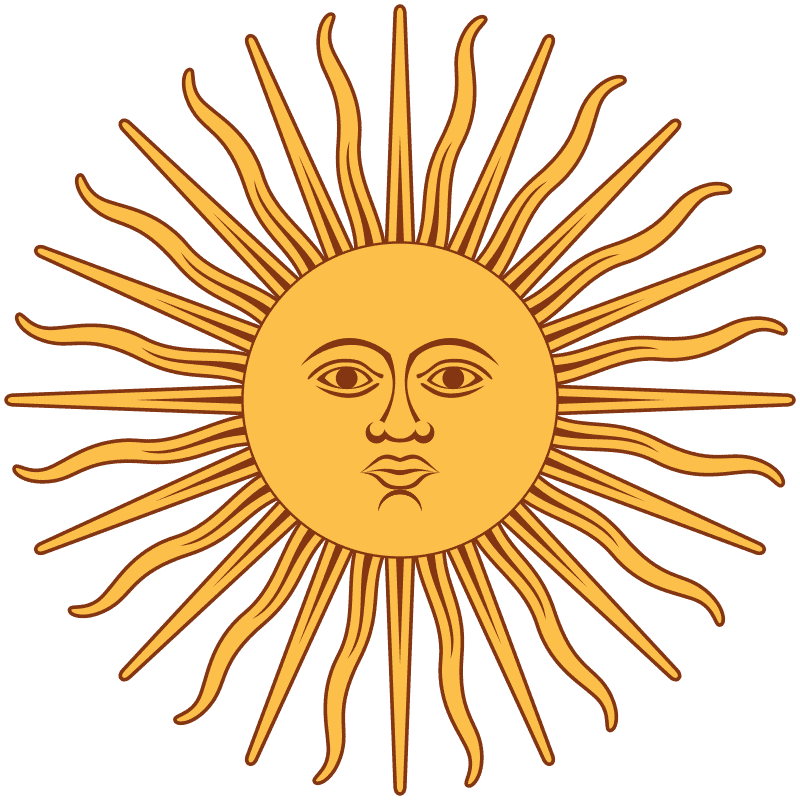
The Sun Face is an ancient symbol in Zuni culture, known to represent the Sun Father who was one of the main deities. The Zuni people worshipped the sun, recognizing that its warmth enables growth and sustains life, bringing prosperity and happiness to people.
They also understood its importance and the effect it has on agricultural crops. Therefore, the sun was a symbol of health, hope, happiness, peace, wellness, and positivity.
The Sun Face, which is regarded as a symbol of health and healing by the Zuni, is often used in various types of art objects such as pottery, rugs, and jewelry pieces.
The jewelry was made from various materials, but one of the most popular was red coral, which signifies healing and good health.
10. Red Crescent
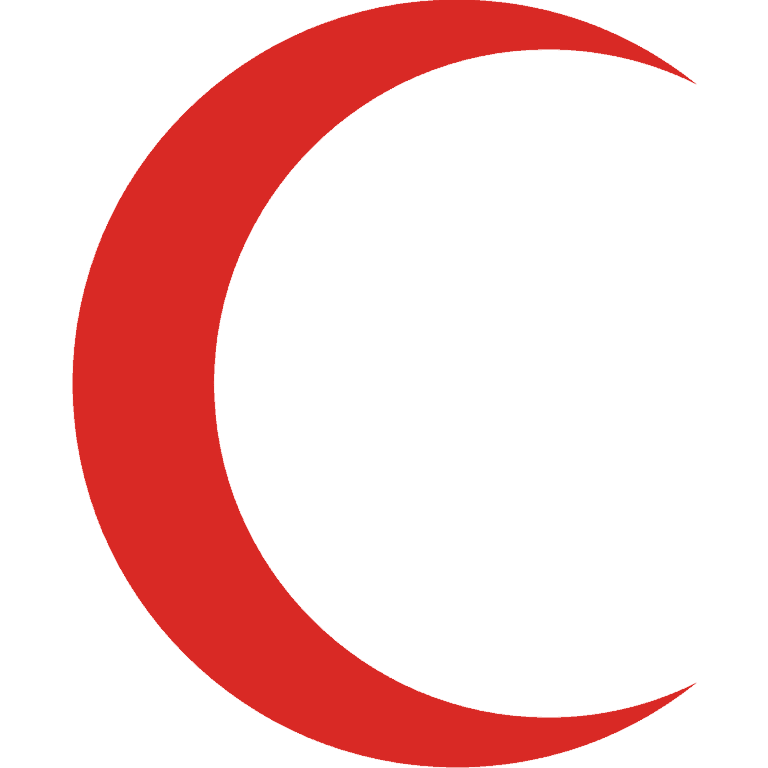
The Red Crescent symbol first came into existence somewhere between 1876 and 1878, during the Russo-Turkish and Serbian-Ottoman Wars.
The Ottoman Empire claimed that the Muslim soldiers found the Red Cross offensive, as they believed that it was linked to Christianity. As such, they chose the Red Crescent as a medical symbol instead. Although it was in use, the Red Crescent wasn’t officially recognized until 1929.
The Red Crescent is legally accepted as a health symbol, but it’s not internationally recognized since the Red Cross is more extensively used.
Wrapping Up
The symbols on this list are all popular medical symbols, some of which are well-known around the world while others remain obscure. They have been used throughout history and each one is important in different cultures today.
Most of these symbols can be seen used in architecture, fashion, and jewelry, worn by people from all corners of the globe.
Similar Articles:
Top 15 Symbols of Self-Love and What They Mean
Top 15 Symbols of Caring and What They Mean
11 Powerful Healing Symbols and Their Meanings (With Images)








